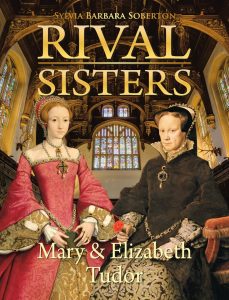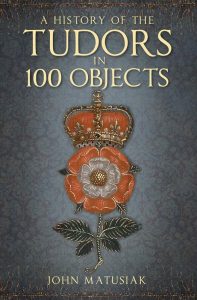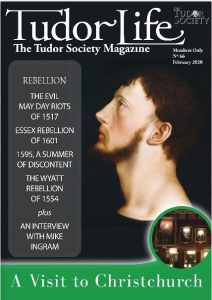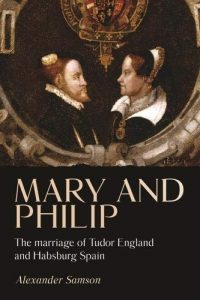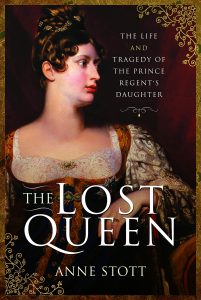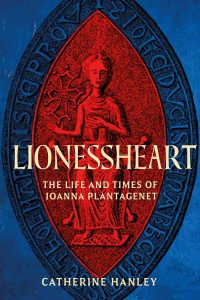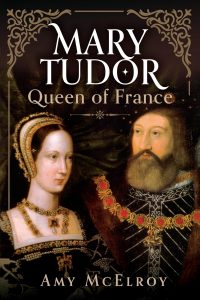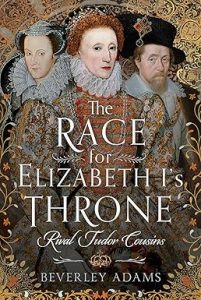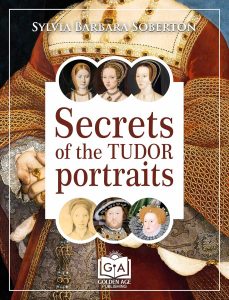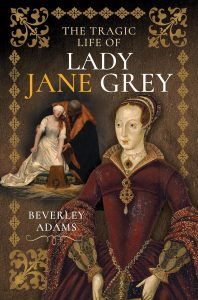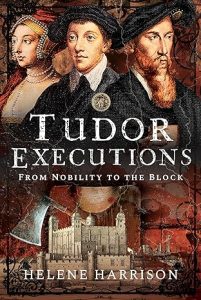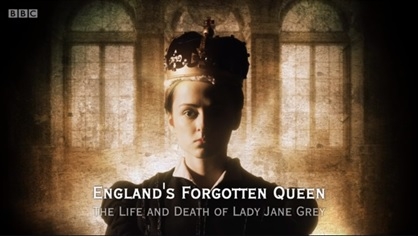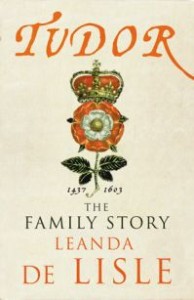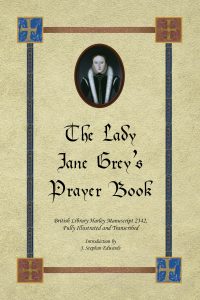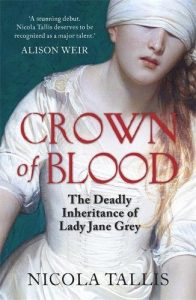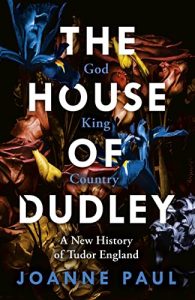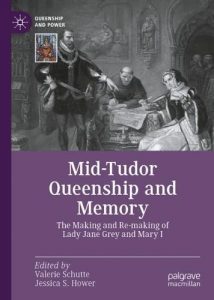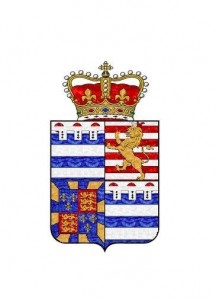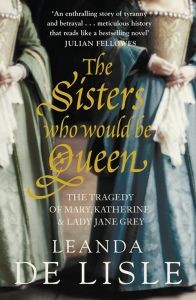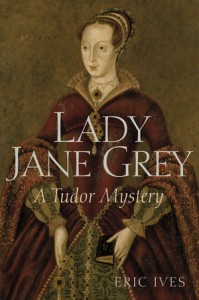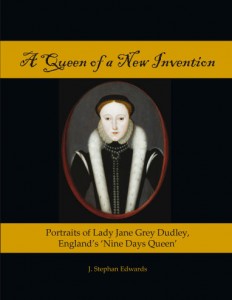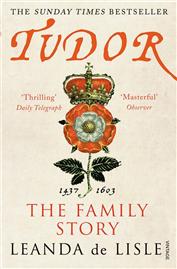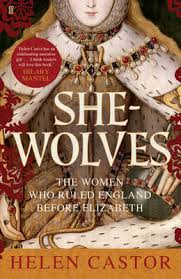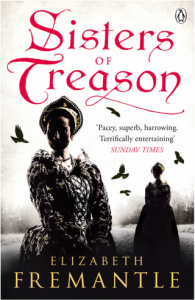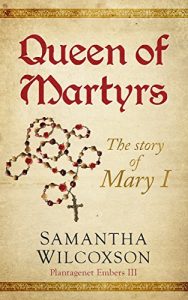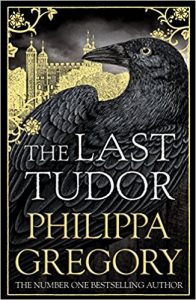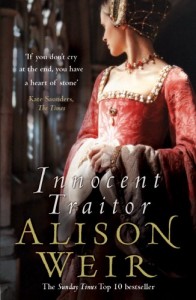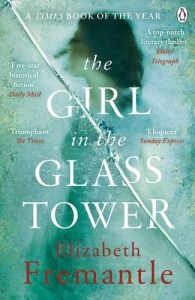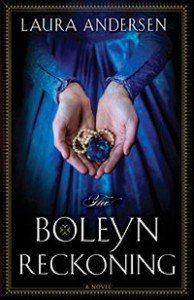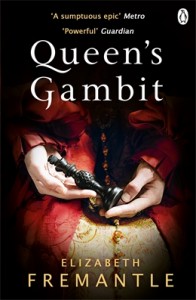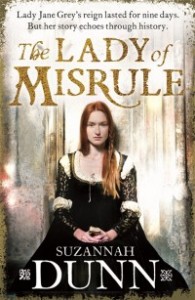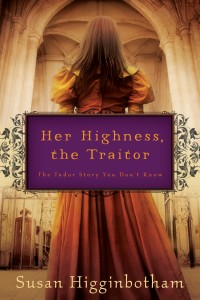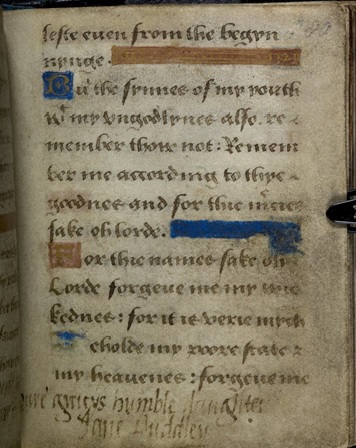Sylvia Soberton is the author of ‘The Forgotten Women: Anne Seymour, Jane Dudley and Elisabeth Parr’ and ‘Great Ladies: The Forgotten Witnesses to the Lives of Tudor Queens’, ‘Golden Age Ladies: Women Who Shaped the Courts of Henry VIII and Francis I’, ‘The Forgotten Tudor Women: Margaret Douglas, Mary Howard & Mary Shelton.’
Sylvia’s latest book, ‘Rival Sisters: Mary & Elizabeth Tudor’ was published in November 2019.
To buy ‘Rival Sisters’:
Follow Sylvia on Social Media:
Twitter: @SylviaBSo
Facebook: The Forgotten Tudor Women
Many thanks to Sylvia for answering my questions.
Why did you choose this subject for your book?
I was surprised that there was no book about the relationship between Mary and Elizabeth. Historians usually concentrate on the relationship between Elizabeth I and her cousin Mary Queen of Scots, but I always felt that it was the relationship with her half sister, Mary, that forged Elizabeth’s personality and set her on the path to queenship. I wanted to tell the story of their fierce, lifelong rivalry – rivalry that extended even beyond the grave because Elizabeth mentioned Mary very often after Mary’s death.
What does your book add to existing works covering Mary and Elizabeth?
I hope that after reading my book readers will have more insight into the relationship between Mary and Elizabeth. I’ve tried to remain impartial to both sisters – not an easy task – and create compelling psychological portraits of both women, shedding more light on their hopes and fears.
What surprised you most researching this book?
There were several things that surprised me. First, it’s always stated in biographies of Mary and her mother, Katharine of Aragon, that they never saw each other again after the summer of 1531, but during my research I discovered that this wasn’t their last meeting. On 27 September 1534, ambassador Chapuys wrote to Charles V that Katharine of Aragon was allowed to visit Mary when she was sick. I wrote a blog post about it: Tudor MythBuster: When was the last time Mary Tudor saw her mother?
Also, it’s often stated that Mary adored her father, Henry VIII, but this is also a myth. There are several instances where Mary spoke about her father, and these mentions were never positive. For example, she clearly resented the fact that Henry never arranged a marriage for her, saying in 1542 that “she would be, while her father lived, only Lady Mary, the most unhappy lady in Christendom”. Also, in a letter to Charles V in 1554, Mary revealed that she treated Charles as a father figure even during her own father’s life – a hint that she had no warm feelings for Henry VIII. Mary looked back at her life during her father’s reign as the darkest period of her life and held him accountable for what he did to her mother, Katharine of Aragon. Mary’s hatred for Anne Boleyn is legendary, but it’s often overlooked how much she disliked Henry VIII himself. In Cardinal Reginald Pole’s sermon in 1554, he said that Mary “prevailed and gained the victory over tyrants”. Who these “tyrants” were was clear to the assembled.
When it comes to Elizabeth’s side of the story, I was surprised by how much she was bent on painting Mary in an unfavourable light after she became queen. She learned how to adapt to Mary’s expectations while Mary lived and was so afraid that Mary would execute her (“I stood in danger of my life”, she said later) that she even became a Catholic – this clearly shows how desperate Elizabeth was to stay alive. When Mary died, Elizabeth was free to express her real feelings, and it’s clear that she hated Mary as strongly as Mary hated her.
Did you learn anything new about Mary and Elizabeth?
Yes. During my research I paid extra attention to the medical records of Mary and Elizabeth. It’s well-known that they both suffered from hormonal imbalance, irregular menstruations, anxiety and depression. Based on Elizabeth’s symptoms, I’ve came up with the theory that she suffered from premenstrual dysphoric disorder (PMDD) because available evidence clearly points out that her health problems stemmed from irregular menstruations.
When it comes to Mary, I proposed the theory that she suffered from a chronic form of depression. Her parents’ divorce had shattered Mary’s world. She was only eleven in 1527, when Henry VIII revealed his plans to abandon Katharine of Aragon and marry Anne Boleyn. The years between the beginning of Henry VIII’s quest for divorce in 1527 and her mother’s death in 1536 were Mary’s formative years. As a result of the stress she went through as a girl on the verge of puberty, Mary started suffering from irregular and painful menstruations, insomnia, migraines and depression.
In a letter Elizabeth wrote to Mary in 1552, she referred to a recurrent affliction that Mary suffered from and that always occurred “at the fall of the leaf”. Historian Susan Doran suggested this might have been a seasonal allergic reaction, but the phrase suggests to me that this recurrent illness happened during autumn – and indeed the letter was written in October. Depression has a tendency to develop in the autumn; it is then known as seasonal affective disorder. Since Mary was prone to suffer her “old guest” precisely “at the fall of the leaf”, I believe that she suffered from this seasonal depression that today is recognised as part of a major depressive disorder. Later in her life, people commented on the fragile state of Mary’s mental health, and a curious report of the Venetian ambassador written shortly before Mary’s death points out that she suffered from “mental anxieties”. Part of Mary’s mental problems stemmed from the fact that she refused to let go of the past.
Learning just how ill the Tudor sisters were was new to me in a sense.
Do you think that Mary would have disinherited Elizabeth if she could? Or had Mary’s victory over Lady Jane had set a precedent?
Yes, there’s evidence that Mary wanted to disinherit Elizabeth. Shortly after her accession, Mary started looking for alternative heirs because she abhorred the idea of being succeeded by Elizabeth. She made a show of favouring her two cousins, Frances Grey and Margaret Douglas, side-lining Elizabeth. Margaret Douglas, Countess of Lennox, (daughter of Henry VIII’s elder sister), was a favourite of Mary’s because they were of the same age, had grown up together and were both Catholic, so Mary felt that with Margaret her legacy would be well taken care of. Plus, Margaret had sons. At one point, courtiers were afraid to pay their respects to Elizabeth so as not to offend Mary.
When she married Philip of Spain, Mary hoped that she would produce a child that would oust her half sister from the line of succession, and she invited Elizabeth to court to witness her triumph. Instead, Elizabeth witnessed Mary’s humiliation when it turned out that Mary was suffering from phantom pregnancies on two occasions.
Mary once told the Imperial ambassador that Elizabeth was neither her sister nor the daughter of Henry VIII, and therefore she would never accept her as her successor. Mary also told her ladies-in-waiting that Elizabeth didn’t resemble Henry VIII but Mark Smeaton, who was executed as one of Anne Boleyn’s lovers. I suspect this was more of a whispering campaign at the time when Mary hoped to disinherit Elizabeth rather than her true opinion.
Even on her deathbed Mary was reluctant to name Elizabeth – she just said that her next heir was the person who had the best claim to succeed her according to the law of the land, leaving much open to interpretation. She named Elizabeth only after her counsellors pressed her to do so.
Today we tend to think that Elizabeth’s accession was swift, but Elizabeth clearly feared she would have to fight for her claim, perhaps expecting the events of 1553 to repeat themselves – after all, she wasn’t the only person with royal blood. Just like Mary five years earlier, Elizabeth expected to fight for her crown if need be. As Mary lay dying, Elizabeth left her residence at Hatfield for Brocket Hall, where she established her operational headquarters. That’s very telling. Luckily for Elizabeth, Mary named her as successor before dying, and no one usurped her place.
It always struck me that in the end Mary honoured Henry VIII’s last will and didn’t name someone else as successor – perhaps Frances Grey or Margaret Douglas, or any of their children. Elizabeth, on the other hand, disregarded their father’s will entirely and appointed James IV of Scotland as her heir – the man whose mother she executed in 1587.
What lessons did Elizabeth learn from her sister’s reign?
I dare say that Elizabeth’s entire image as queen was constructed based on what she learned from Mary’s mistakes. First, she decided never to name her own successor for fear that rebellions would invoke this person’s name. In 1566, the French ambassador observed that Elizabeth “had no desire to be buried alive, like her sister”. The memory of droves of scheming courtiers leaving Mary’s deathbed and hurrying to pay their respects to Elizabeth must have made an indelible mark on Elizabeth since at the end of her life she often repeated the Latin phrase mortua sed non sepulta—dead but not yet buried.
Second, she heavily borrowed the symbolism and figures of speech employed by Mary. It’s really kind of ironic that it was Mary who first described herself as the Virgin Queen, mother of her people, and used her coronation ring to emphasise that she was married to England. This brilliant rhetoric didn’t quite work out for Mary in the end because she married Philip of Spain and lost her status as a virgin queen, whereas Elizabeth never married so the symbolism was more potent in her case.
Third, Elizabeth was reluctant to marry a foreigner fearing that she would end up in an unhappy marriage like Mary. Mary’s marriage to Philip was a personal and political disaster, and later in her reign, when a French match was proposed to Elizabeth, she quipped that she wouldn’t want to end up as an old and unattractive wife like Mary.
Four, Elizabeth learned that symbolism was everything. Mary’s portraits show her as she was in real life, whereas Elizabeth fashioned her image as that of a demi-goddess, with her true likeness carefully concealed behind what one historian called “the mask of youth”.
Five, Elizabeth saw how futile it was to fight with her subjects on the matter of religion. Early in her reign she famously declared that she did not wish to “make windows into men’s souls”, which meant that she was reluctant to molest the consciences of her subjects. That changed later.

